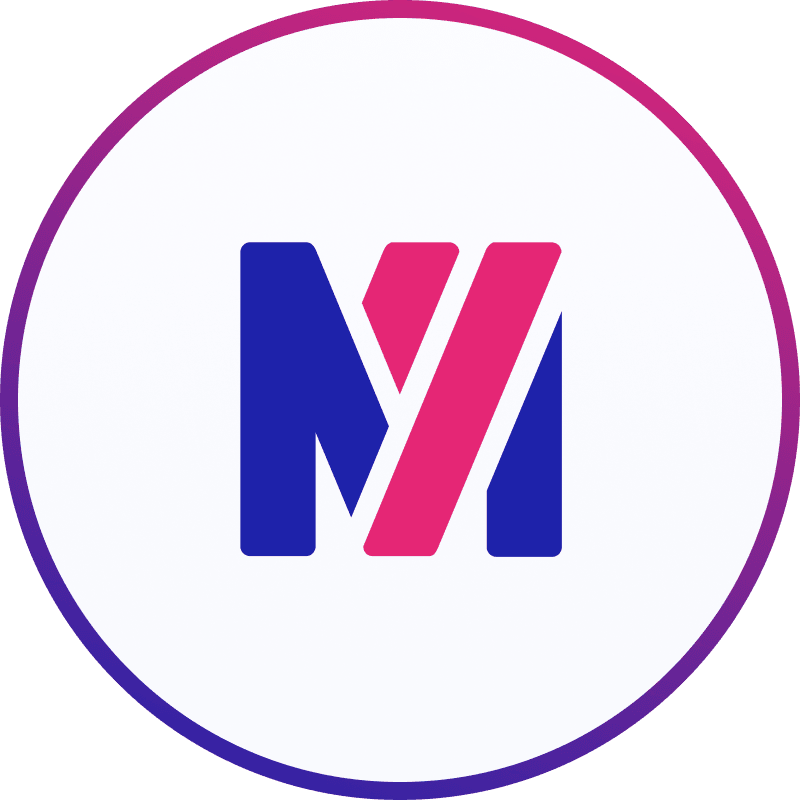The demand for software development is growing every day. When you think about developing new software, among several factors that you have to consider, there is the type of platform and framework the developers are going to work with.
When you consider the JavaScript ecosystem, you are likely to think about some of the most popular front-end development tools—Angular and React. But how do you choose between Angular and React? In this article, you’ll get to know what are Angular and React based on and, their main differences.
What is Angular?
Angular is a web framework developed by Google and since its release in 2010 when it was called AngularJS. Many companies such as Google, PayPal, and, Forbes use this framework for their frontend web development. Even though this framework is used by giant companies, this doesn’t mean that it is the best option for your development project.
This framework can be used in front-end development and provides several appealing features for creating engaging and dynamic Single-Page Applications (SPAs). With Angular, you’ll get various features such as AJAX support, dependency injection, modularity, emulating, etc.
Angular is a highly popular framework for creating web and mobile applications. If you want to build a high-quality app, Angular may be a good choice. With this framework, you're likely to create a high-quality app with less code, your developers will spend less time on debugging and the app will be scalable.
Even though Angular has many qualities that make it a good choice for web development, it might not be the case for your team. Now let’s get to know another contender, ReactJS.
What is React.JS?
React is a JavaScript library built in 2013, and it became an open-sourced library. This library was developed by Facebook, and it’s used to develop interactive interfaces and web applications. After being released, this open-source tool had a rapid expansion, and it became one of the most popular development technologies on the market.
When your development team uses React, they’ll use less code. Due to its versatility and wide library options, this tool is used in countless projects. In addition to using a JavaScript Library, React can be used with other tools, such as Redux and Create React App to accelerate processes and increase capabilities.
But is React a library or a framework?
React is a library, not a framework. Confused?
This tool was created to help developers build with less code. This is why some people think React is a framework instead of a library. Don’t let these terms deceive you.
When we talk about frameworks, we are talking about a tool that has already featured built-in tools that will help developers and their experience. That’s why React is a library instead of a framework. When you and your developers choose to use React, you’ll have to pick the tools you’re working with to define your workflows and your development processes. There are many different opinions and methodologies that you can follow, but ultimately, it is up to you.
4 Differences between Angular and React
- Technology—The first big difference that we need to establish is that AngularJS is an open-source framework and React is an open-source library. So, you get structure, pre-definition and other people’s opinions on a framework, and freedom (also to make mistakes) with the library.
- Data Binding—Another parameter that we need to consider is Data Binding, Angular uses two-way data binding, and, React uses one-way data binding. This means that developers who use React generally can predict better the outcome of their work than developers that use Angular. This happens because two-way data binding updates automatically, which can cause difficulties in debugging, and one-way data binding will generally be simpler and easier to validate.
- DOM Type—Angular uses a real DOM, and React uses a virtual DOM. This means that the entire tree structure might be updated when a change is made in Angular. If you develop your product with React, it will not update the entire tree structure, only the element you want to see change.
- Open-Source Tools and Libraries—When we talk about using open-source tools and libraries such as, UI components React has a wide of components available because it can use several libraries and dependencies, and there is a big community around it. Your team just needs to install and use them. Angular also supports numerous components, such as layouts, buttons, and pop-ups, but there is a smaller number of options available.
These two technologies are popular and have different advantages and benefits, but keep in mind that at the end of the day, it is up to what makes you and your team happier. For us, at Mosano, React is at the top of our developers’ choice, take a look at our stack preferences.
Did you like this article? Save and share it with your community, colleagues, and coworkers.


